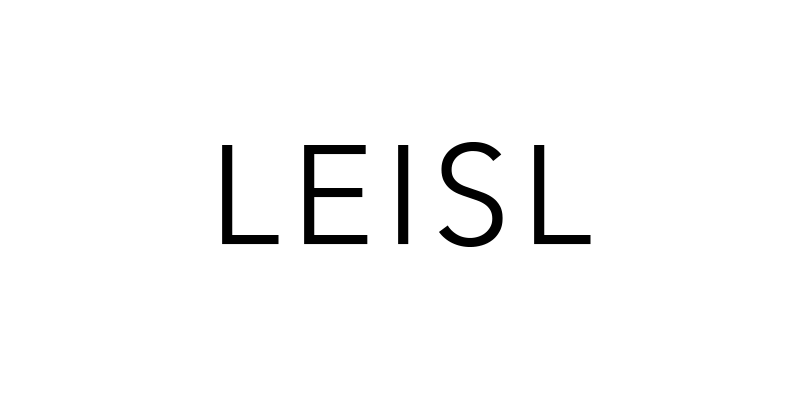EN PLEIN AIR SESSIONS
MATERIALS LIST
You can use the two days painting en plein air to develop your practice through studies, working on observation, colour, composition and techniques and/or to work toward finished pieces.
If you’re new to working en plein air, I’d suggest you prepare for a little of both.
The materials lists following act as a guide depending on your objectives. Bring any favourite materials you have as well.
Studies / practice
I suggest everyone does some of this so bring anything you have that could be suitable if you don’t want to buy materials. These are just some ideas if you do need to buy things.
- Various grounds to work on
(Focus on quantity over quality if you need to choose)
You can use almost any sort of Paper (although you’ll need something at least as heavy as cartridge paper if you’re using paints) / cardboard / etc
- Something ‘painty’
Gouache / watercolour. Brushes, palette, water canister, etc
- Something ‘drawy’
Pencils / Pastels / Charcoal
Finished work in acrylic
- Ground (primed and gessoed)
Bring as many as you think you can manage without fear of running out. This will depend on how quickly you work and the sizes. I’d suggest keeping the size under 1m or thereabouts if you’re just starting out.
- Heavy paper / cardboard
- Canvas (stretched, unstretched or canvas panel)
- Timber panel / ply
- Acrylic paints (see base palette suggestion below)
- Any mediums you like to use
(none are required, however varnish could be a good idea for your finished works)
- Cup / canister for water
- Palette
- Brushes
Bring a selection of brushes suited to acrylic paint including some larger than you might normally use. If you’re working as small as A4, a good size large brush would be about 20mm wide (with a selection grading down to the smallest), If you’re working on A2 size, start with a 40cm brush (with a selection grading down to the smallest). Also bring any of your favourites.
Finished work in oil
- Ground (primed and gessoed)
Bring as many as you think you can manage without fear of running out. This will depend on how quickly you work and the sizes. I’d suggest keeping the size under 80cm or thereabouts if you’re just starting out.
- Canvas paper (suitable for oil painting)
- Canvas (stretched, unstretched or canvas panel)
- Timber panel / ply
- Oil paints (see base palette suggestion below)
- Any mediums you like to use
(none are required, however varnish could be a good idea for your finished works)
- Solvent
- Cup / canister for solvents & mediums
- Container with lid to take dirty solvent away
- Any mediums you like to use
(none are required however if you prefer to work quickly and expressively, perhaps a lean medium like ‘Medium No.2 could be a good idea and if you prefer to work more slowly, perhaps some Liquin.)
- Palette
- Brushes
Bring a selection of brushes suited to oil paint including some larger than you might normally use. If you’re working as small as A4, a good size large brush would be about 20mm wide (with a selection grading down to the smallest), If you’re working on A2 size, start with a 40cm brush (with a selection grading down to the smallest). Also bring any of your favourites.
Bear in mind your work will not be dry enough to stack at the end of the day / weekend. Think about how you will transport them home. A cheap and quick solution is a good strong box that you can poke dowel or some other sort of rigid object through (in one side and out the other) to divide the internal into shelves where you can then stack your pieces.
Finished work in watercolour / gouache / pencil / charcoal / pastel
- Ground
Good quality paper suited to your medium
- Medium
Any or all: Watercolour / gouache / pencils / pastels / charcoal / whatever in a range of colours.
- Papers to keep between your works
- Fixative spray
- Cup / canister for water
- Palette
- Brushes
Bring a selection of brushes suited to oil paint including some larger than you might normally use. If you’re working as small as A4, a good size large brush would be about 20mm wide (with a selection grading down to the smallest), If you’re working on A2 size, start with a 40cm brush (with a selection grading down to the smallest). Also bring any of your favourites.
General
- Sun protection
Whatever that means to you. I usually go for a hat and a long-sleeved shirt.
- Something to work on
I use the ground mostly and always work standing up. You can use an easel, a card table or some other sort of small table. Drop sheet if you are working on the ground. If you’re working on paper bring a board to clip it to and some bulldog clips.
- Clothing
Obviously you’ll probably make a mess so wear something you don’t care too much about or bring an apron. Wear covered footwear that is good for walking and standing.
- Disposable gloves are a good idea
- Rags
- Drinking water
Suggested base palette
cool & warm red, cool & warm yellow, cool & warm blue, mixing white, titanium white, raw umber, paynes gray, naples yellow, yellow ochre, sap green and any favourites.
